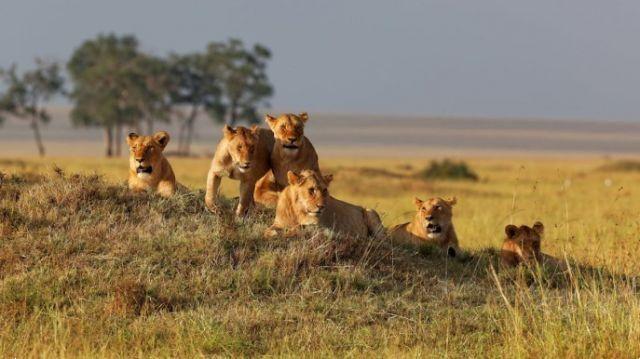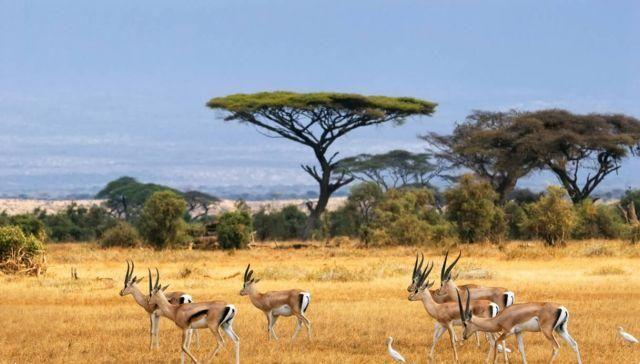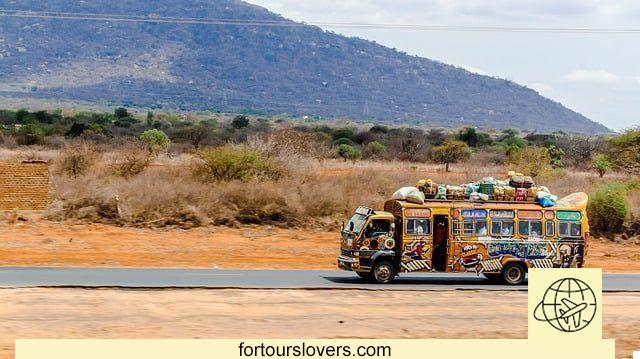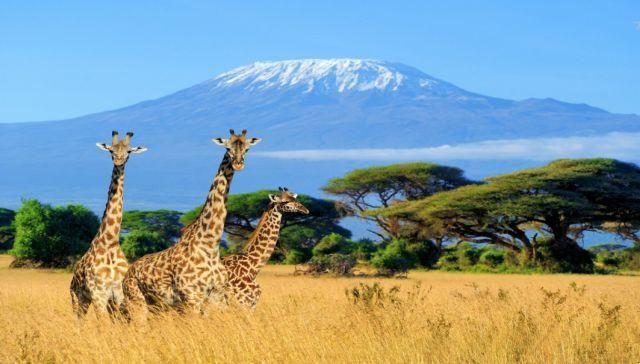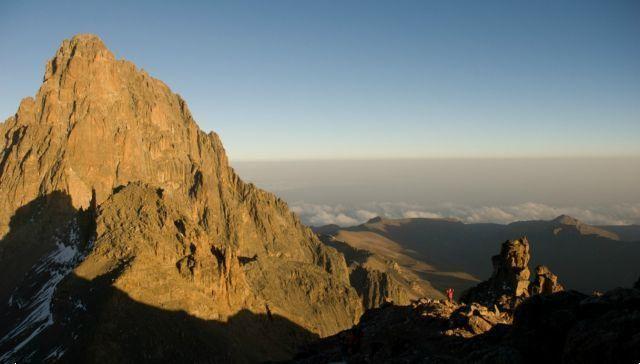 What to see and what to do at the foot of Mount Kenya, between the sacred mountain where colorful birds fly and the savannah with its large animals in freedom.
What to see and what to do at the foot of Mount Kenya, between the sacred mountain where colorful birds fly and the savannah with its large animals in freedom.
Many books have been written about this sacred mountain. Where it snows and there are glaciers. Then there are the green forests where colorful birds fly and the savannah with large animals and where elephants migrate. Straddling the Equator, 180 kilometers from Nairobi and 480 from the Kenyan coast, there is the Mount Kenya (5.199 meters above sea level) an ancient extinct volcano which today is the highest peak in Kenya and the second highest mountain on the "dark continent" after Kilimanjaro, first climbed by the English explorer Halford Mackinder in the 800th century .
The mountain, together with the region, is one of the water reserves of the whole country and is part of the Mount Kenya National Park which embraces three peaks: Batian (5.199), Nelion (5.188) and Lenana (4.985). Only the latter can be tackled by amateurs, who can try their hand at a climbing excursion, because the other two are reserved for expert mountaineers.
The climb to the tip of Mount Kenya lasts a whole day and is a magical experience to be had. Landscapes change suddenly; you can spot many East African hills, unique panoramas among changing vegetation and at 4.000 meters you can touch the snow of the 12 perennial glaciers.
The mixed landscape of snow and lush vegetation makes Mount Kenya one of the most evocative places in all of Africa. Then there are the hills at the foot of the mountain, with high panoramic views, mixed between mountain vegetation and semi-arid savannah prairies. To further embellish the park, it should be remembered that the area is located at the center of the routes elephant migrations Africans.
The local name of Mount Kenya in the Kenyan language means "ostrich mountain" due to the visual similarity between the black and white of the feathers of the fast bird and the color of the rocky massifs mixed with the eternal snow of the glaciers. The Mount Kenya National Park, protected since 1949, is 700 square kilometers in size, and was designed with the aim of safeguarding the fauna and beauty of this magical place. UNESCO has elevated it to biosphere reserve and thus made it one of the most important tourist destinations in all of Africa.
There will be many animals present: in the lower part of the forest there are the giant pig, the white-tailed mongoose, the elephant and the black-fronted leopard. As you go up you come across the Mount Kenya shrew and the mole-rat. But you can also observe zebras, lions, leopards, buffaloes, rhinos. Birdwatchers will appreciate the beautiful and numerous birds here, some very rare, such as the green ibis, the Abyssinian long-eared owl and Ruppell's robin.
Around Mount Kenya, in the park, three different areas can be distinguished and based on the altitude there is a change in vegetation: there are the southern slopes covered by bamboo forests and other typical Kenyan plants (heathers, seneci, etc.); higher up, the alpine part with the delightful lakes surrounded by trees; and finally the perpetually snow-capped peaks with glaciers.
Climbing enthusiasts will have plenty of fun. There icy track the southern one is more interesting, but it is better to climb it between July and September when the sun turns its gaze on the other side. In the exact same months the eastern and northern slopes are suitable for rock climbing. While when the sun is in the south then the opposite is preferable: rock on the southern side and ice on the other two.
Anyone who decides to go on an excursion to Mount Kenya is better off being accompanied by expert guides of the area. Because the problem is not only the complexities of climbing to the peaks, but the risk is also that of running into wild animals, a danger that increases as darkness falls in the absence of lighting.
The enemies of the Mount Kenya park are essentially two: human activities such as poaching, which threatens animals, and deforestation and illegal grazing, which have a devastating impact on the ecosystem. The data on the... climate changes: the forecasts clearly speak of the disappearance of the glaciers within a few decades and the upheaval of the vegetation.
There are two i better times to visit Mount Kenya: the months between July and October and the period between December and March. Mount Kenya is also considered a sacred mountain by all communities in the area. Traditional religious rites linked to the belief that local deities live at the top of the mountain take place here.




